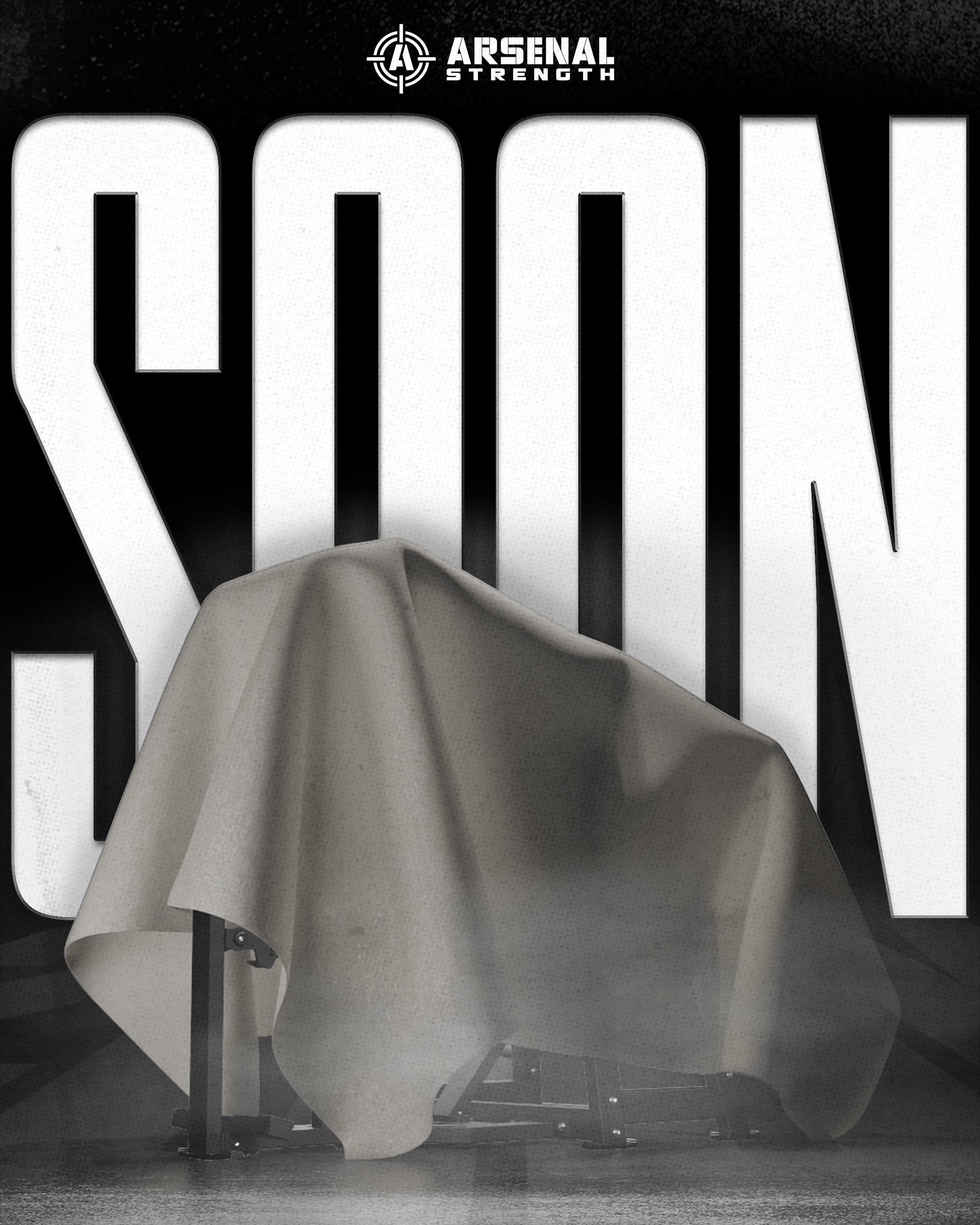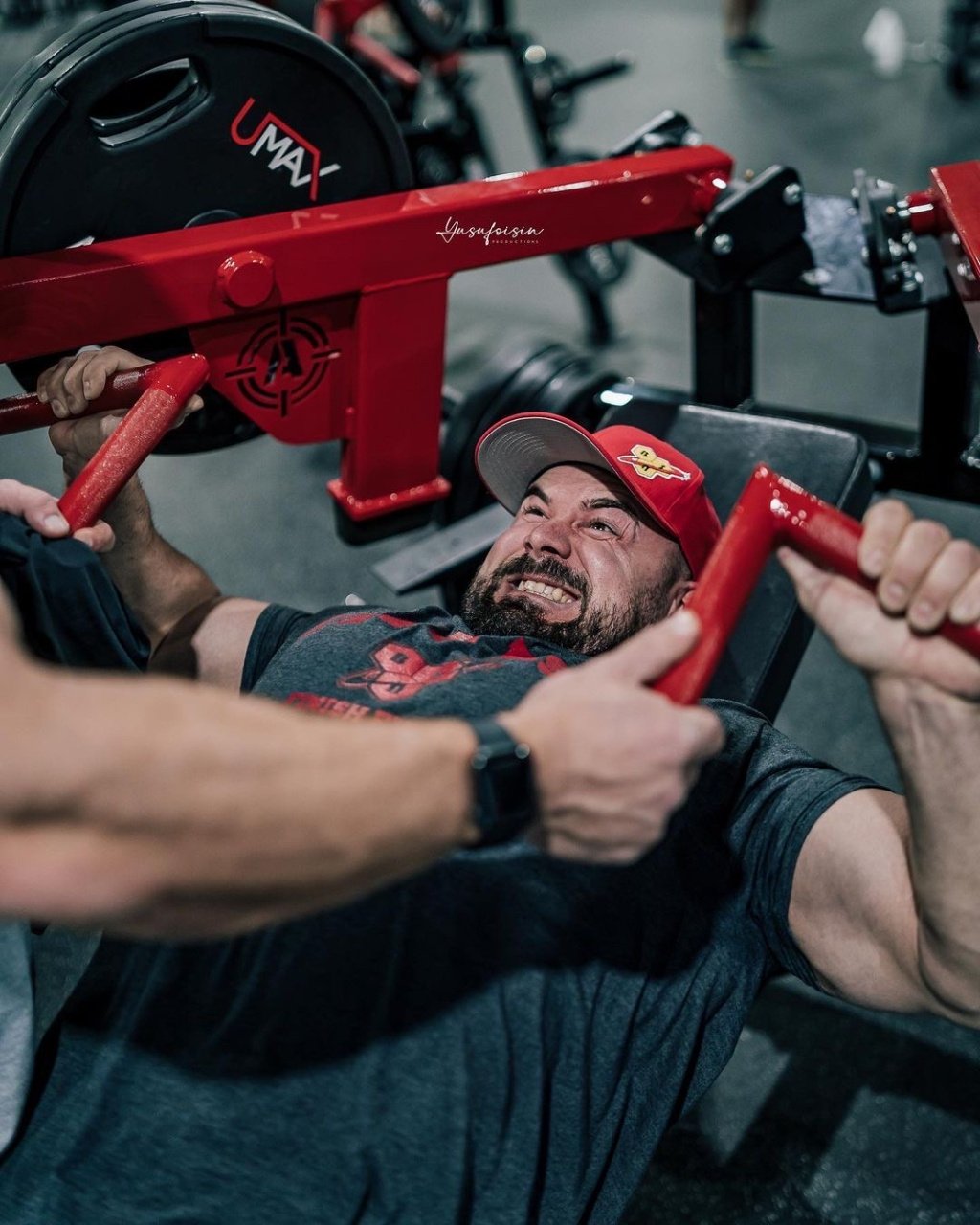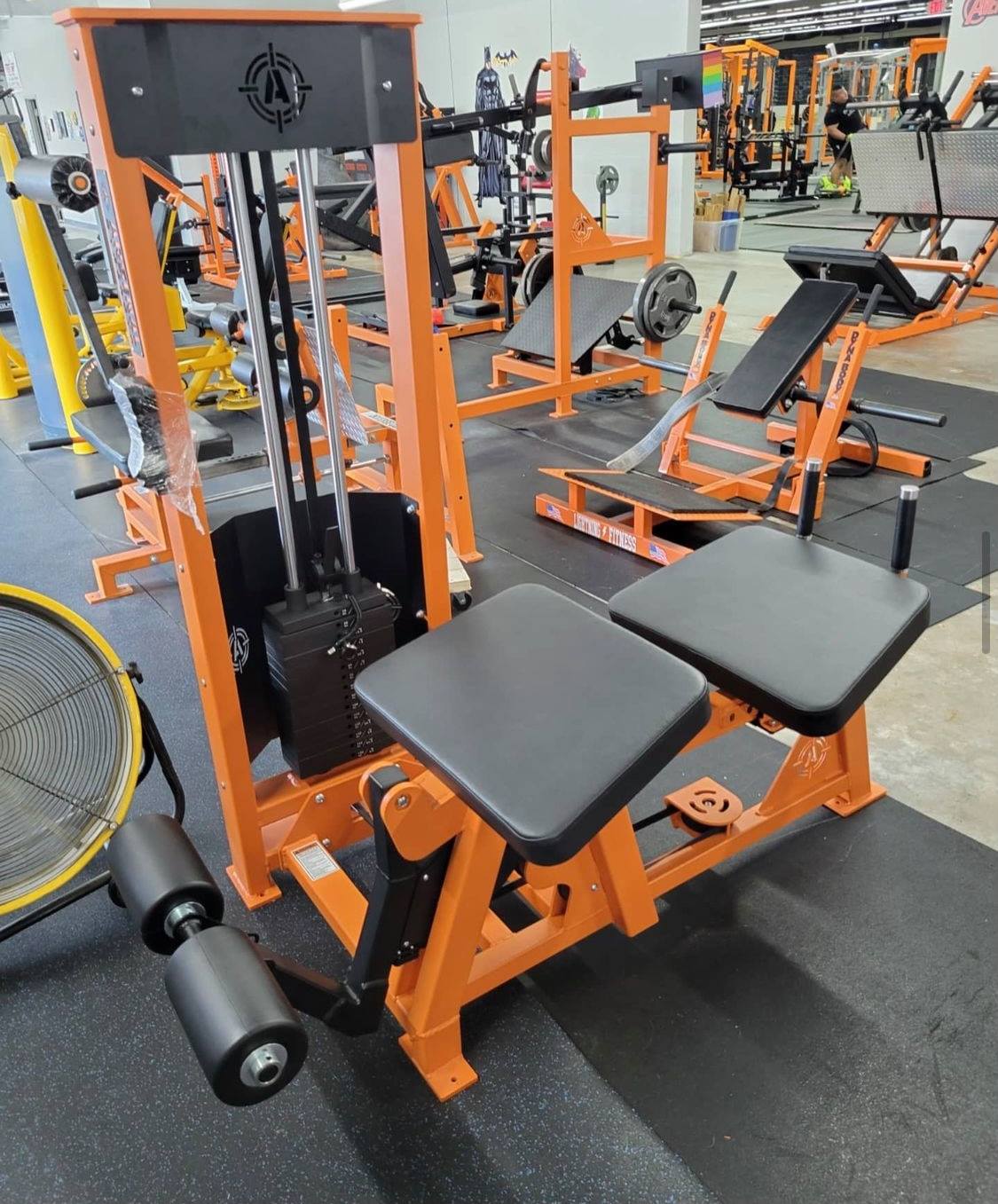Opening Your Own Gym: Location
In our first article, we have identified the key factors in Opening Your Own Gym. To provide further insight, we will take a deeper look into your gym location. Common questions arise during this phase that can be overwhelming. We have taken the time to research the answers to the most common questions when searching for a gym location.
We have sought out individuals with expertise and knowledge within the gym industry and asked them to discuss their experiences. David Rosenblum is a commercial real estate executive that operates in the Greater Nashville Tennessee area. He represents a number of developments that have leased to gyms. Jeremy Goforth is the owner of Pulse Fitness, which has multiple locations in the North Alabama area. His clubs have been in various types of spaces, both owned and leased. We asked both experts to weigh in on the most common questions when looking for a gym location.
- HOW DO YOU FIND IT? – There are many different ways to find the right location. You can start by looking at highly traveled roadways and intersections. Also note where your possible competition is located. Another method is looking for dense housing nearby. Jeremy Goforth states that he has had a lot of his success by looking at the number of houses in the area. He has noticed that most of the members of his clubs favor locations in proximity to their home rather than being close to other retail spaces.
- WHO SHOULD YOU CALL? – Start with a professional. This is often overlooked by many but can be a valuable resource. It is a common misconception that you have to pay a commercial realtor for finding your space. In all actuality, that fee typically falls on the landlord. Real estate professionals have a deep understanding of the market. They will be able to provide you with intangible assets and insights such as how long a space has been on the market, the probability of the landlord giving certain tenant allowances, and even what type of approach to take depends upon the landlord.
- WHAT DO YOU LOOK FOR? – You must know going into the process what range of square footage you are looking for. According to David Rosenblum, spaces below 5,000 square foot tend to be on the market a shorter amount of time than larger spaces. There are a lot more businesses looking for smaller spaces than larger ones. Another thing to consider according to David is new space versus second-generation space. A newer space will definitely have more curb appeal and buzz, but will more than likely carry with it a higher price point. There is also the likelihood that you can get the space built out to your specifications if you are the first tenant. David also states that a second-generation space, or older, is typically available at a lower price point per square foot, affords the ability for a faster occupancy, and landlords may be more open to shorter lease terms.
- WHAT SHOULD YOU ASK FOR? – A lease agreement, like any gym, is typically unique to the space that it represents. No two leases are the same; as no two gyms are the same. According to David, many of the common negotiable terms in a lease are term length, term rate, rent escalations, construction allowance, and exclusive use rights within a development. Jeremy stated that the most important item for him during lease negotiations was deferred rent during a lease period. It takes time to build a membership to pay with all the costs associated with running a gym, and Jeremy credits negotiating a free rent period in his leases as a reason for his success. One point both Jeremy and David note as very important is negotiating a cap on out of pocket operating/maintenance expenses that a tenant must pay. Nothing breaks the momentum of a positive growth in membership like having to replace the HVAC for your gym.
It is critical to your success to understand the difference between what you need to have versus what you want to have. Taking a calculated approach to finding the best location is key. Beyond that, all of those things must fit within the budget that you have set. The best space is not always the first space available nor the cheapest. Doing your homework before you sign a lease on a space can pay dividends throughout the life of your gym. Be patient, negotiate what you need, ask for what you want, and protect your gym and your future members by establishing a foundation for your gym to grow, and improve upon gym design.
——-
Brad Holt
Vice President-Sales and Business Development
Arsenal Strength
**Arsenal Strength is not a real estate expert. This article is based on findings when discussing gym locations with local experts. Always consult professionals before purchasing or leasing a space.






